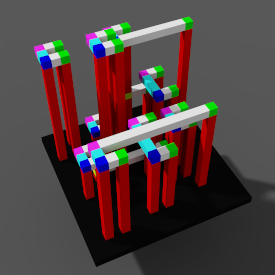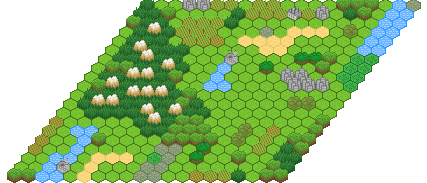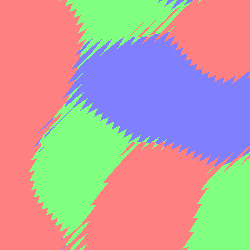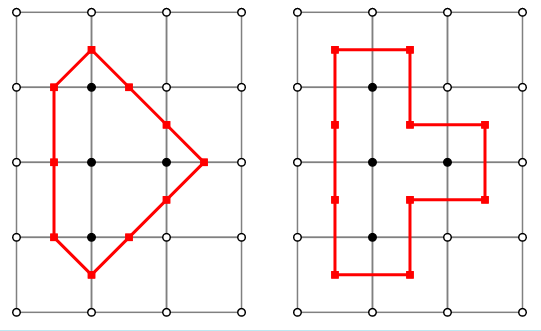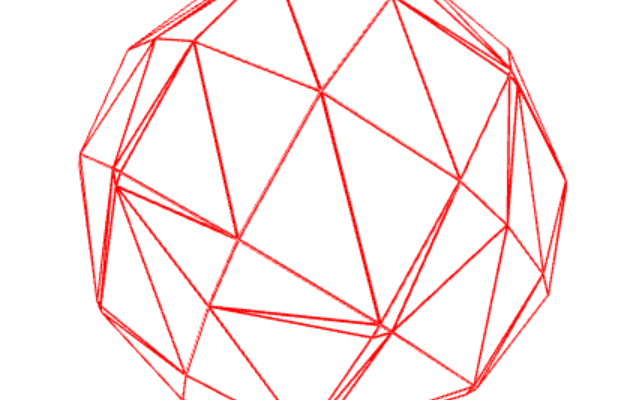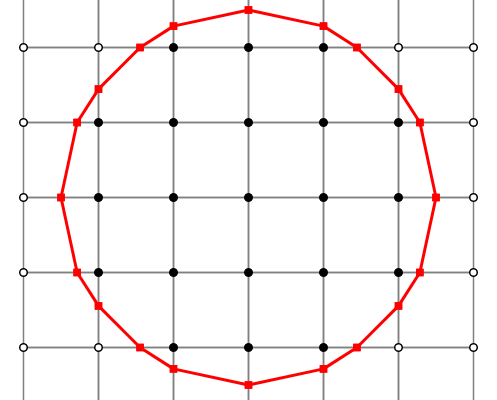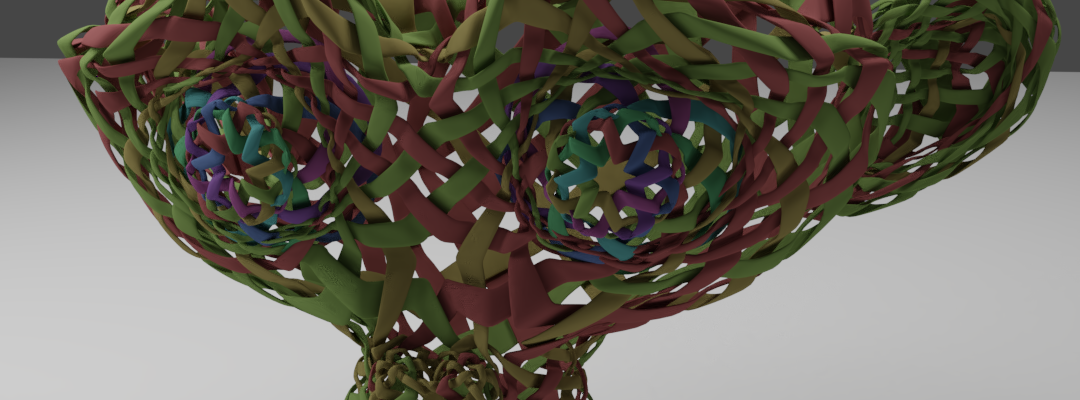Introducting my latest project, DeBroglie.
DeBroglie is a C# library and Windows command line application implementing the Wave Function Collapse algorithm with support for additional non-local constraints, and other useful features.
Wave Function Collapse (WFC) is an constraint-based algorithm for which takes a small input image or tilemap and procedurally generating a larger image in the same style, such as.
DeBroglie is stocked with loads of features to help customize the generation process.
Basically, you can use it to generate cool tile based stuff.
